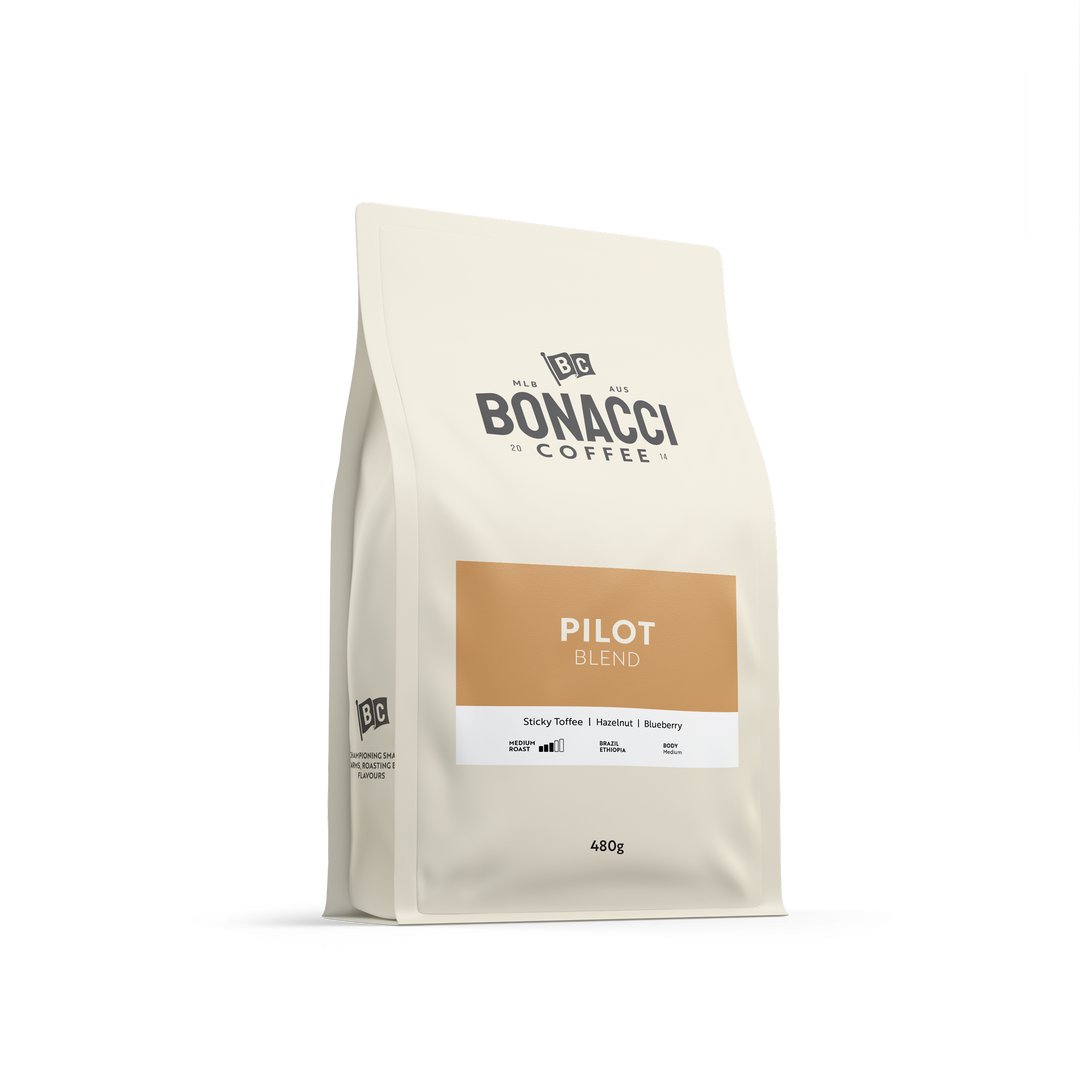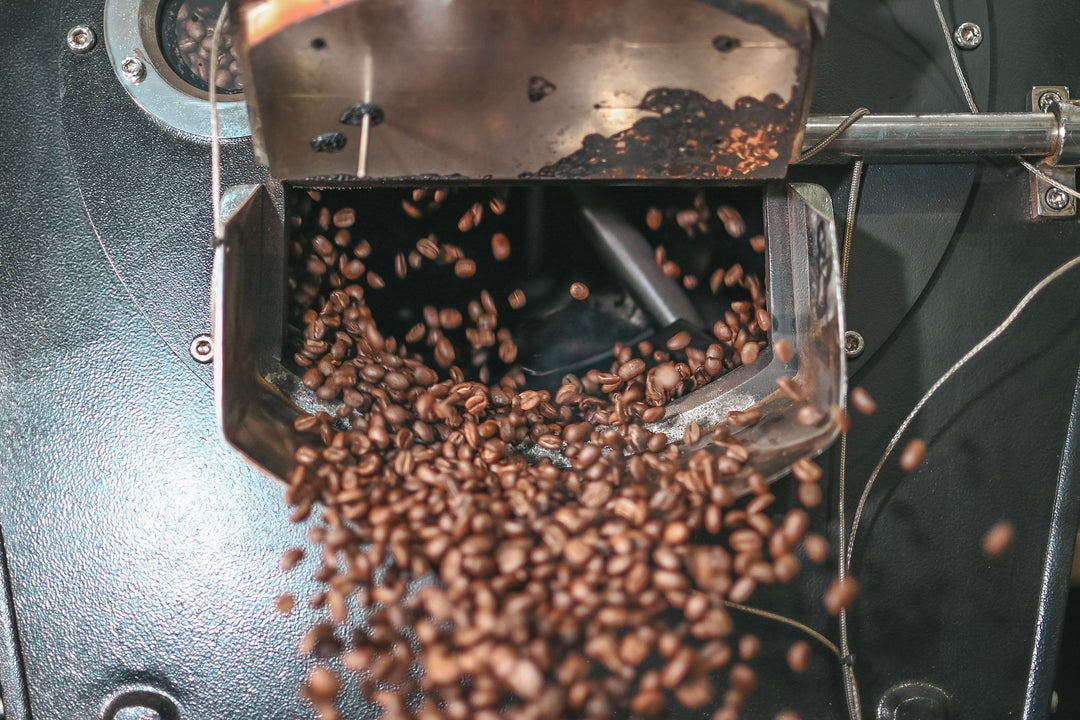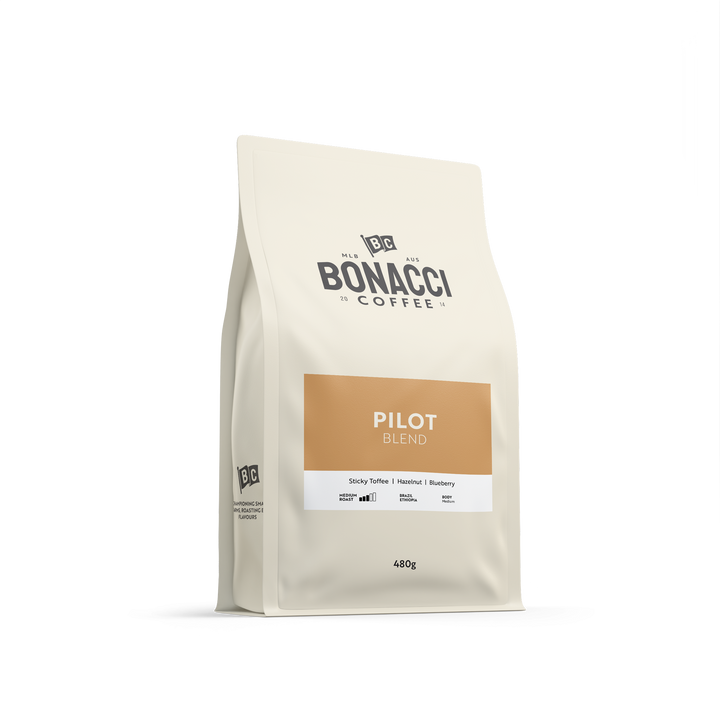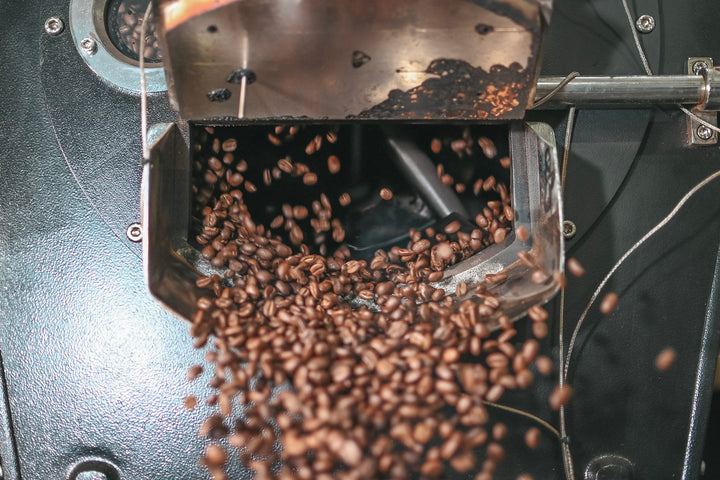
The Science
How long do roasted coffee beans last?
Apr 01, 2024 by Brendon Bonacci
When you take that first step out of your bed, life can feel like a bit of a struggle. Everything is sluggish, you’re dazed, and you need something to kickstart your day.
For most people, this is achieved with a fresh cup of coffee.
But sometimes, the once decadent and rich coffee beans in your cupboard are getting on. Their flavour is diminishing, and the caffeine fix just isn’t quite the same.
All sorts of things can affect how captivating your morning coffee is. You’ve put the effort into buying locally-roasted, specialty coffee. They tasted great when you opened the bag – but now? Just meh.
As for the most significant influence? Well, that will likely come from the freshness of your coffee beans. The delightful, indelible aroma of a perfect hot latte will start to wane as your beans age.
So, to ensure we never encounter this dilemma, we must ask the question: How long do roasted coffee beans actually last?
4 weeks? 2 Months? 3 Months?
A lot of misinformation exists online regarding how long roasted coffee beans retain their integrity (thanks internet!). Some websites claim seven days, others suggest that you can leave them dormant for months.
Technically, coffee beans aren’t gonna go bad, the same way chicken or broccoli might. Drinking a coffee from year-old beans won’t kill you, or even make you sick (although it might mentally, due to how underwhelming it is). It will just result in a bland, flavourless husk of a hot drink. Not especially comforting, is it?
For those of us that love coffee, a ‘so-so’ result simply won’t cut it. So, to really understand how we should optimise our coffee consumption, let’s take a look at the science behind it all.

The Science
Carbon Dioxide is a key function of human life. As most of you probably know, each breath we take results in the exhalation of CO2. In fact, the average person will breathe approximately a kilogram out of their bodies each day.
What you may not know, is the vital role that carbon dioxide plays when it comes to coffee.
When coffee beans are roasted, the process generates a substantial amount of CO2 that ends up trapped inside the beans. Because the beans are porous, only about half of the generated gas remains in the coffee post-roasting.
Once all is said and done, approximately 1% of the coffee bean’s weight comprises carbon dioxide.
Degassing is the slow release of carbon dioxide from the coffee bean into the atmosphere. The degassing process begins from the moment we drop the beans from the roaster to cool, and continues as they are weighed, packaged and dispatched.
Fun Fact
Fun fact - here's an image of freshly roasted coffee being sealed in a tin where we forgot to install a one-way valve. The internal pressure of the C02 has a theoretical measurement of up to 10BAR pressure! Now let's relate that to everyday items. That's over 6 times more pressure than your coffee machines steam which runs at 1.5BAR

Different types of beans degas at different rates. For example, dark roasts degas significantly faster than light and medium roasts. This is because the longer roasting process has broken down the internal cell structure of the coffee beans, making it weaker and significantly easier for trapped C02 to escape. In fact, when preparing dark roasted beans you’ll often see the coffee beans you make have a light sheen or oily residue on them. This is due to the cell structures being compromised.
Another major factor is the beans’ origin. Coffees grown in high altitude are significantly denser when compared to beans grown at lower altitudes. For example, beans grown in Guatemala at 2000MASL (Metres above sea level) and coffee grown in Brazil below 1000MASL will age at different rates. These altitudes also affect things like acidity, flavour and require a completely different roasting approach. (But this is a can of worms we’ll open at another time.)
Interestingly, carbon dioxide isn’t the only gas that roasted coffee beans release. A small percentage of nitrogen VOCs (largely responsible for a coffee’s aroma) and carbon monoxide are also detached post roasting.
Carbon dioxide is especially relevant for espresso extraction methods. Have you ever looked at a freshly-made coffee and observed the layer of bubbles that have risen to the top? CO2 is responsible for this. The coffee’s natural, soluble oils interact with the carbon dioxide, resulting in crema – the fragrant layer of foam that sits atop a masterfully-prepared espresso shot.

Every day, every week that goes by since the beans have been roasted, the less of that delicious crema your coffee will have.
Finally, the way that roasted coffee beans are packaged can influence how efficiently they retain freshness. You may have noticed that our coffee bags come with a one way valve on top. This is designed to release the carbon dioxide escaping from the coffee beans, without this valve, your bag of coffee would have exploded within 24 hours, exposing the beans to the sworn enemy of freshness – oxidisation.
Another important note to consider is storing your coffee beans once you’ve taken them home. Direct sunlight, bad. High temperatures, bad. Unsealed bags, bad. Unsealed containers, bad.
Ideally you want to store the bags, sealed, in a dark cupboard. We really don’t want the standing temperatures to exceed 20℃, if humanly possible. The reason heat is bad is that like most organic materials, the beans will swell in response, resulting in…you guessed it! Opening up the beans’ pores and speeding up the CO2 escape.
Oxidisation doesn’t necessarily involve oxygen. It is a catch-all term referring to a chemical reaction that causes the chemical makeup of something to begin losing electrons. However, in the case of coffee, oxidisation mostly revolves around oxygen exposure.
This is the same reason that the valves on coffee packaging are one-way. If they allowed oxygen to enter the bag, the beans would quickly become stale and outright unusable for coffee snobs. So, the role of the valve is to prevent the bag of coffee beans exploding, while fending off oxygen from seeping into the product.
Enough science! What does all this mean?
We should now be across the importance of carbon dioxide in coffee freshness. But how do we apply this to the question we all want the answer to: how long can we keep beans fresh?
The more CO2 released from the coffee bean, the less flavour and aroma it retains. On the other hand, if you try to use coffee beans too soon after the roasting process you won’t be able to evenly extract the delicate flavours we all know and love. Your coffee might be too bitter, or too overwhelming.
So, there’s a goldilocks period, where the amount of carbon dioxide in the beans is juuuuust right. We find that here in our roastery, drinking espresso extractions at day 6 post-roast is where peak enjoyment begins. With filter-roasted coffee, this timeframe stretches to 8–10 days post-roast.
This means the ideal time frame for coffee consumption is between 6 days and 5 weeks from the date of roasting. Following this loose timeframe, never again will you have to battle with harsh flavours, or even worse, bland flavours.
With that in mind, it makes sense that coffee connoisseurs should avoid stocking up on loads of coffee at once. If you want great-tasting coffee, just buy it in increments that will last about 5 weeks. A great solution is to sign up for our subscription which delivers fresh coffee right to your door.
Additionally, it’s nearly always a good idea to avoid buying coffee beans from the supermarket. There’s simply no way to guarantee the roast date of these blends. Supermarket beans tend to never show a specific roast date on their packaging. Instead, there’s a mysterious ‘best before date’ which has minimal bearing on the actual quality or state of the beans. You are left completely blind as to when the beans were roasted.
This is why we also advise not to get sucked in by sales and bulk-buying. Yeah, you might save a few bucks, but is it worth it for a 3 month-old roast that leaves you with a watery, bitter coffee with minimal crema to speak of? We don’t think so.
Conclusion
There’s a simple solution. Get your fix straight from the source – support local coffee-roasters that know exactly when the beans will be suitable for creating consistently outstanding coffees. We dispatch coffee within 24 hours of roasting, so if you stick with us, you’ll never have to worry about drinking a less-than-satisfactory coffee again.













